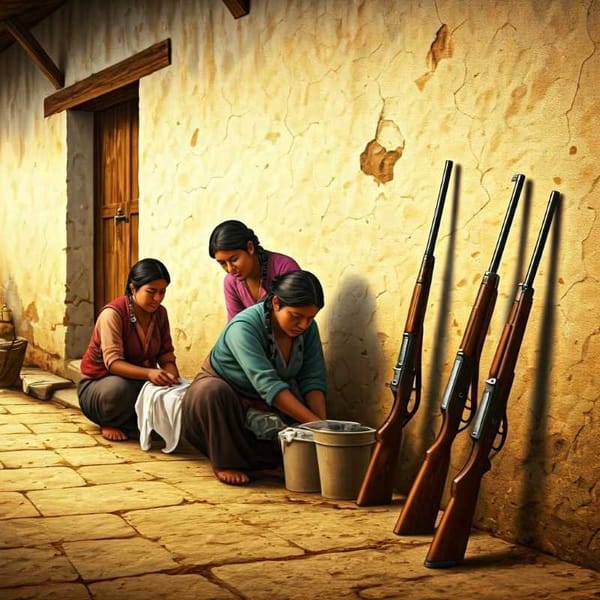How fashion demands responsible consumption
Although there are cyclical usages, the materials, their values, and aspirations will never be the same in their new versions. The textile designs of native peoples cost 800 pesos, companies resell them for close to 6,000 pesos.

Historians, anthropologists, sociologists, art specialists, and curator-restorers agreed on the need to achieve more equitable relations between designers and mestizo or indigenous producers. Julieta Pérez Monroy, the coordinator of the Seminar of Studies on Clothing and Fashion in Mexico at UNAM, commented in an interview that one of the topics that generate the most discussion among specialists is the appropriation of textiles or designs of indigenous and mestizo communities, which are used and launched by some Mexican and foreign brands.
Anthropologists Roberto González and Brenda Mondragón, also permanent members of the Seminar, considered that in the relations between textile-producing communities and the companies that design or sell fashions, there is marked inequality. An example of this is the craftswomen of Hueyapan, Puebla, who until 2019 were paid fifteen pesos per hour of work, which included the costs of raw materials and, sometimes, travel expenses.
In Tenango de Doria, Hidalgo, embroiderers can sell a table runner for eight hundred pesos, but those who resell it set prices of five to six thousand pesos. There are many more cases like these and with different variables. Even though some fashion houses or designers try to pay a "fair" amount, the reality to date is that of an unequal relationship with another disadvantage: the lack of a clear copyright regulation with the specificities required by this field warned the specialists.
Pérez Monroy added that there are creators who work with them and remunerate them, "although colleagues consider that the payment is disproportionate about what they earn and what they pay indigenous and mestizos for their designs; however, sometimes for the latter it represents a help, although there are also reactions of annoyance because they cannot aspire to the earnings that Mexican or foreign designers obtain". This is a multidisciplinary Seminar founded in 2013, attached to the IIE, whose purpose is to study clothing, fashions, and textiles, from different theoretical-methodological approaches about the body, culture, daily life, and economy.
Another topic of interest to analyze is the reuse of clothing. Once it has been acquired and fulfilled its first cycle, it can be sold again (as some young women do through an application) or donated, thus continuing to circulate. On the other hand, there is fast fashion; that is, the large volumes produced by the industry with waste materials based on trends and an invented need for innovation. The manufacture of clothing and accessories is one of the main polluting activities in the world, hence the desirability of recycling or reusing clothing, and that currently there is talk of responsible consumption.
From a gender perspective, the symbolism and social values in men's and women's clothing are not the same. Some argue that it is to show an identity and identify with something, it may be gender or nationalism, but some positions emphasize the aesthetic part: human beings dress to exhibit something to others. It is considered that fashion as we know it today, had its origin in the mid-fifteenth century, at the beginning of the period known as the European Renaissance. Although since the so-called prehistoric times' people covered themselves with animal skins to protect themselves from the cold, as a system with certain production, consumption, social, power, and cultural functions, it has less time with the human being.
There are discussions about the validity of the term for all times and places. While for some it is only granted in modernity and up to the present day, for others it can be explained universally. In the Seminar, we concluded that it has been given in different times and geographical spaces, although not as a system, that is, it involves more than how to dress or how long to do it in a certain way, for example, the use of the miniskirt, one of the most enduring icons of the 1960s. This garment, which was part of the emerging youth culture of the time, involves the production of textile fibers, fabrics, their manufacture, circulation, advertising, tastes, values, and the collective imaginary, in addition to encompassing different aspects of social life.
Pérez Monroy pointed out that even when there are cyclical usages, their values and aspirations will never be the same, as happened with the miniskirt, an expression of that youth culture and of the beginning of the sexual liberation movement that brought the invention of the contraceptive pill, for example. Then it stopped being used and became a novelty again in the 1980s, but it no longer had the same meaning and the same fabrics were not used in its manufacture; "it didn't matter if it was worn five or 15 centimeters above the knee".




